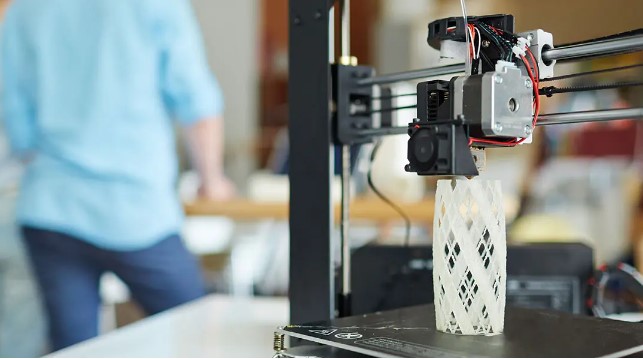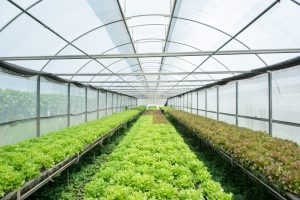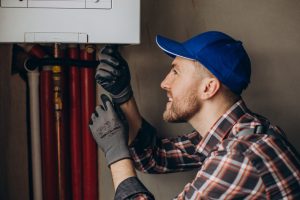Maintaining a consistent temperature in a 3D modeling or 3D printing workspace is crucial for several reasons:
-
Material Stability
- 3D printing filaments (such as PLA, ABS, PETG, etc.) are sensitive to temperature changes. Inconsistent ambient temperatures can cause:
- Warping: Uneven cooling leads to differential contraction, causing parts to lift off the print bed.
- Cracking or Delamination: Sudden temperature changes affect interlayer adhesion. Materials like ABS require a heated chamber (~40–60°C) to prevent cracks.
-
Print Quality
Ambient temperature affects filament flow and layer bonding.
A space that’s too cold may solidify the material prematurely, while an overly hot environment can cause stringing (unwanted filament threads).
-
Dimensional Accuracy
Thermal fluctuations cause expansion/contraction in printed parts and printer components (e.g., metal rods), affecting precision.
-
Equipment Performance
Electronics (power supplies, motors) may overheat in warm environments or malfunction in extreme cold.
Some 3D printers (such as resin-based ones) use fans that become less effective at high temperatures.
-
Consistency in Post-Processing
Processes such as sanding or gluing parts are more effective in stable environments (e.g., adhesives like ABS cement cure best at ~20–25°C).
-
Operator Comfort and Safety
Well-climatized workspaces prevent thermal stress for users, especially during long sessions.
Recommendations
- Ideal temperature: 18–24°C (depending on the material).
- Humidity control: Prevents filaments (especially nylon or PVA) from absorbing moisture.
- Use of enclosures: For printers working with sensitive materials (e.g., ABS) or operating in cold environments.
H2O TEK Equipment Recommended for Temperature and Humidity Control
-
Adjustable Temperature Dehumidifier – H2O TEK
- Designed for environments with high demands for both temperature and humidity control, such as production workshops or technical rooms.
- Supports multiple modes: dehumidification + cooling, heating, constant temperature, and auto-defrosting dehumidification.
- Ideal for environments requiring precise temperature regulation.
-
High-Temperature Dehumidifier
- Especially suitable for areas with ambient or internal heat from machinery.
- Allows dehumidification with heating or cooling — ideal for maintaining a stable thermal range, even in processes that generate residual heat.
-
All-in-One Units (Portable Humidifier + Dehumidifier, CHDUAL-Series)
- Models like the CHDUAL‑D120L‑H8L and CHDUAL‑D160L‑H15L offer integrated humidity control with temperature sensors, touchscreens, and internal temperature regulation via refrigeration and evaporation cycles.
- In dehumidification mode, they increase air temperature by 2 °C to 5 °C; in evaporative mode, they can reduce temperature by 5 °C to 10 °C, depending on conditions.
- Equipped with digital sensors and controls (±4 %) for both humidity and temperature, allowing you to define stable intervals as needed.
- Portable and operational within a working temperature range of 15 °C to 35 °C.
Recommendation for 3D Printing or Plastic Injection
These processes require stable emperatura (e.g., between 22 °C and 28 °C) and controlled humidity (typically between 40% and 60%) to avoid warping, em emperat, part failure, or moisture in powders/plastics. Therefore:
- CHDUAL‑D120L‑H8L or D160L‑H15L units, in dehumidification mode with warmer air, can help maintain a stable and comfortable environment.
- If active cooling or heating is also required, the adjustable emperatura dehumidifier is an excellent choice, as it keeps the emperatura constant beyond just removing humidity.
Additional Information
Define the workshop size, production level, and current conditions (existing temperature, humidity, heat sources).
Assess whether you need only humidity control or also temperature regulation with cooling/heating capability.
Contact H2O TEK for availability, installation, energy consumption, and technical support tailored to your specific needs.




